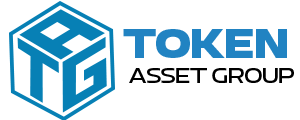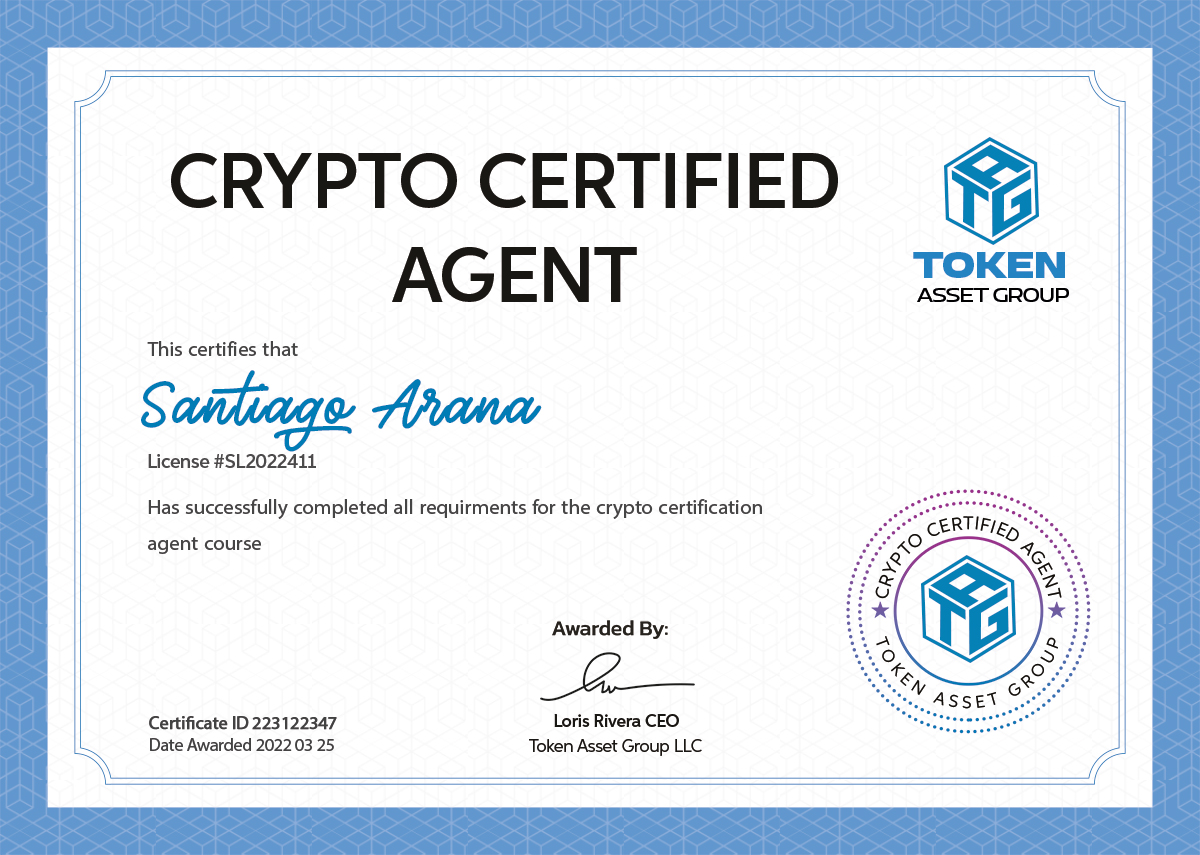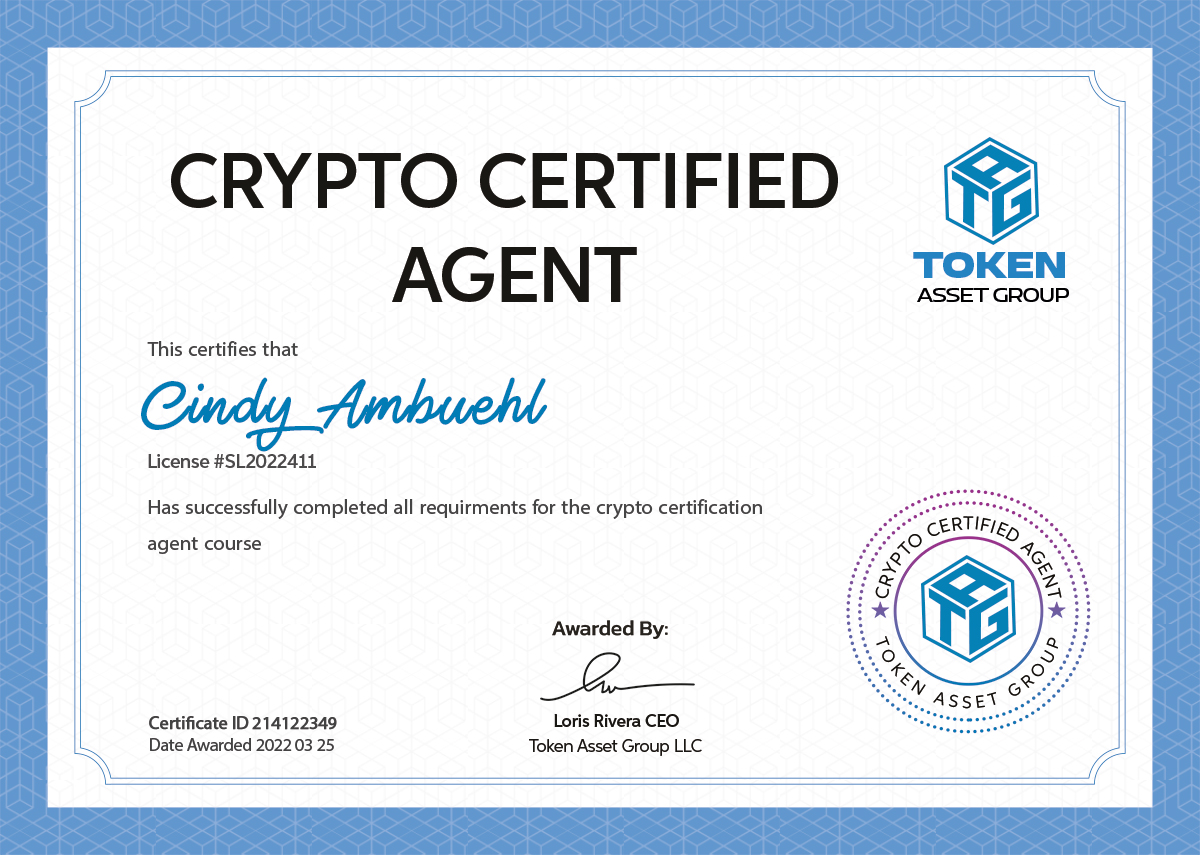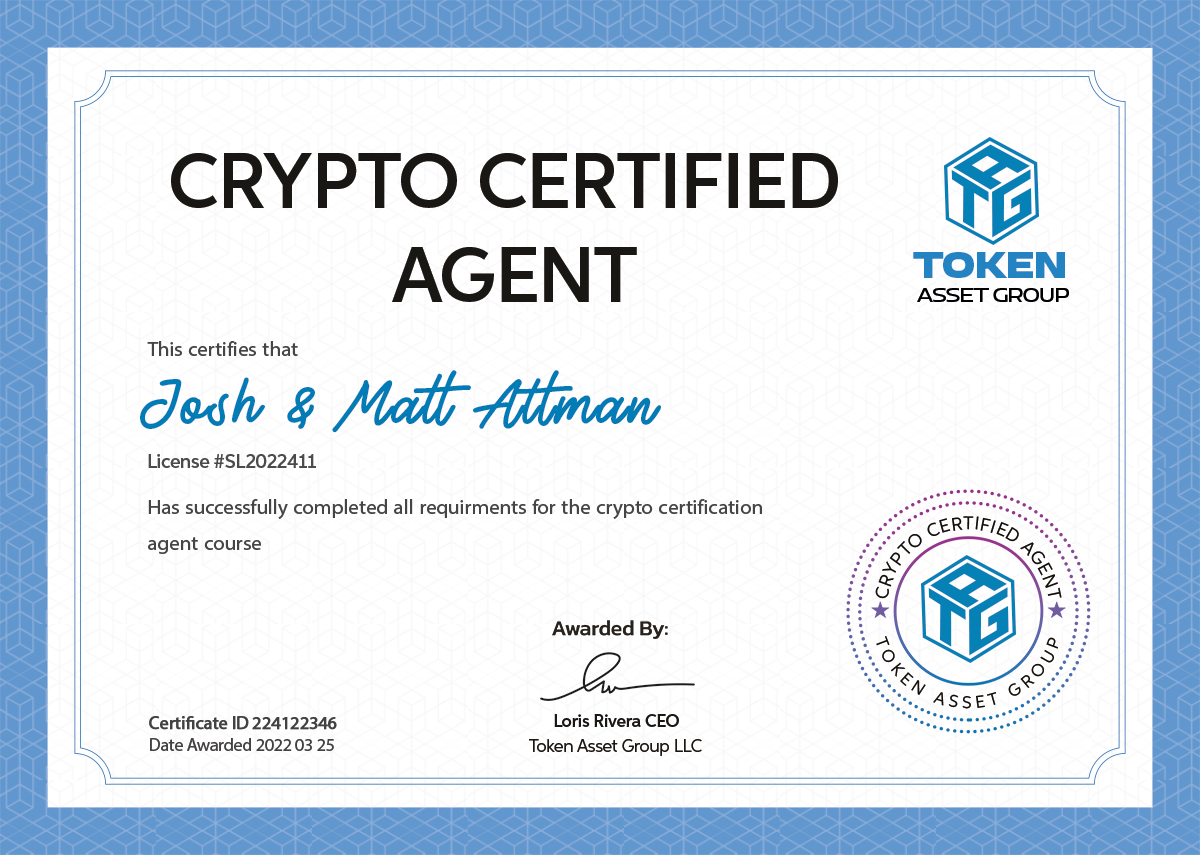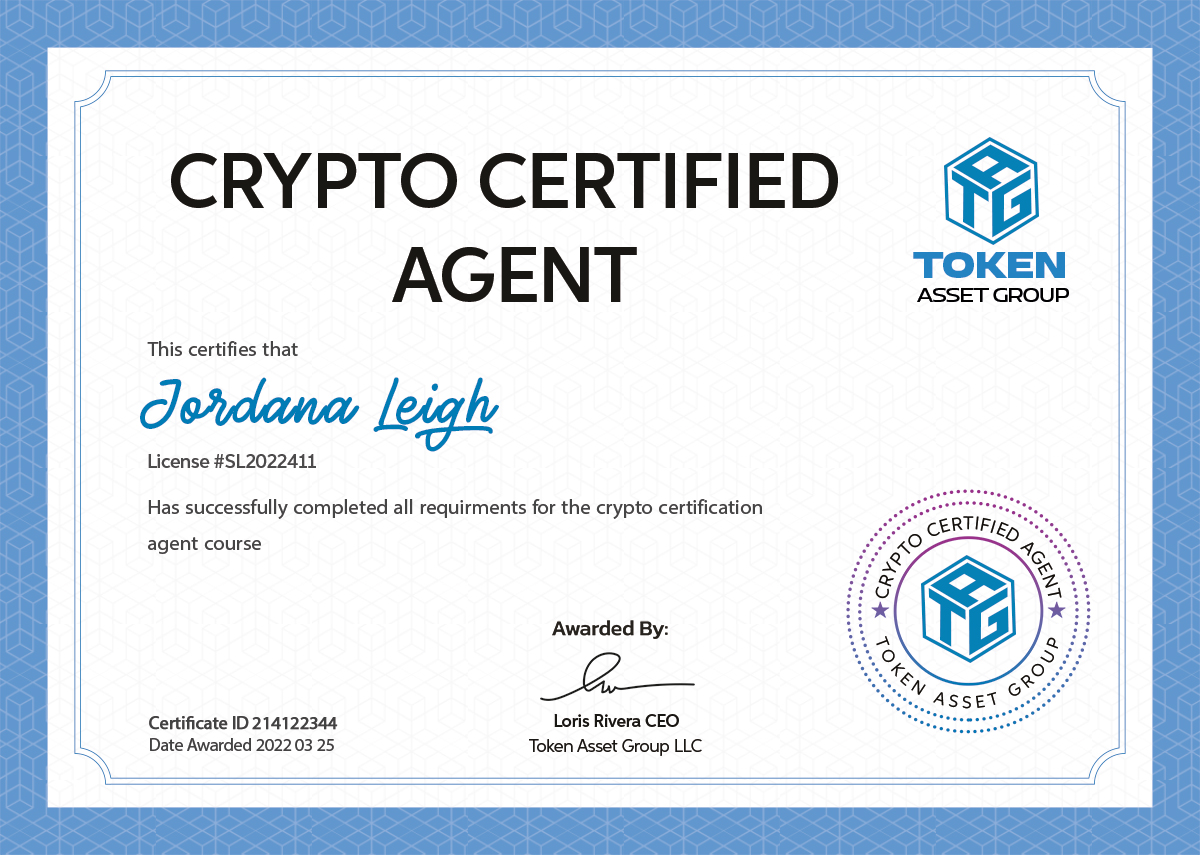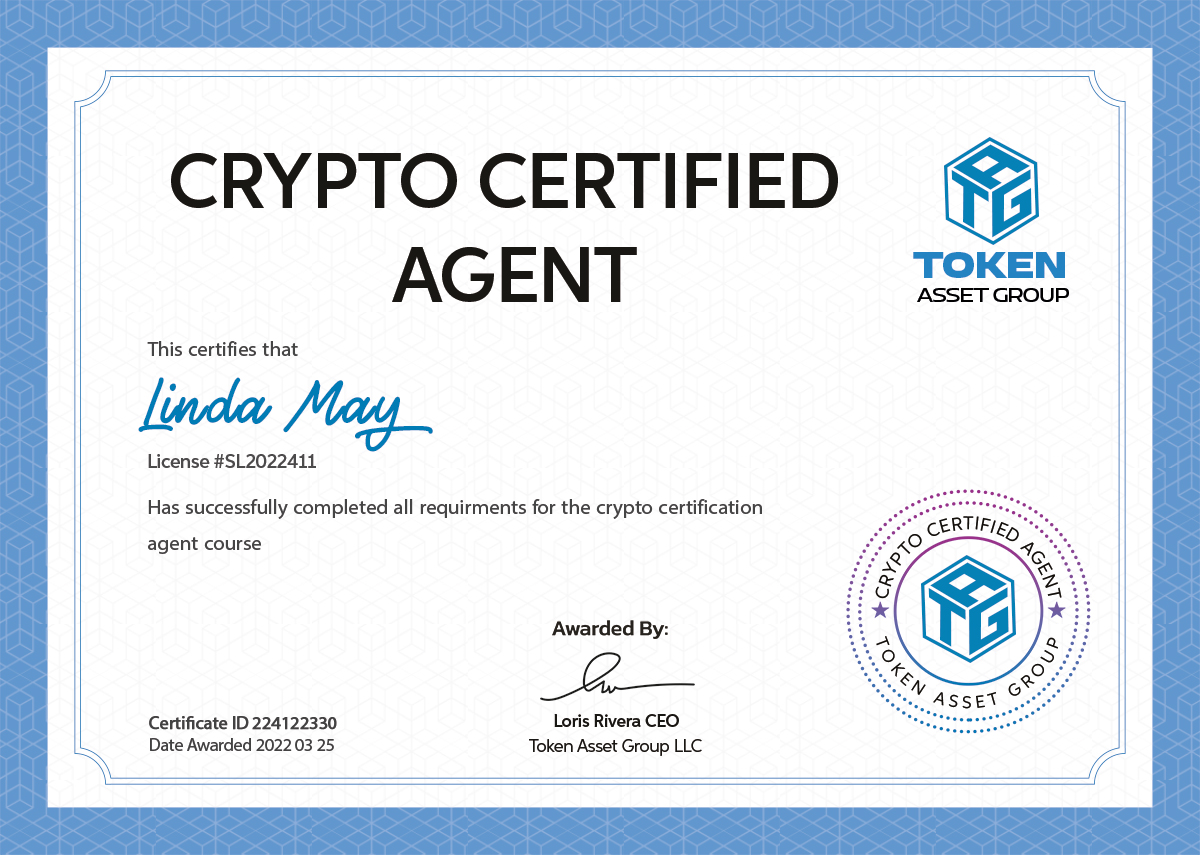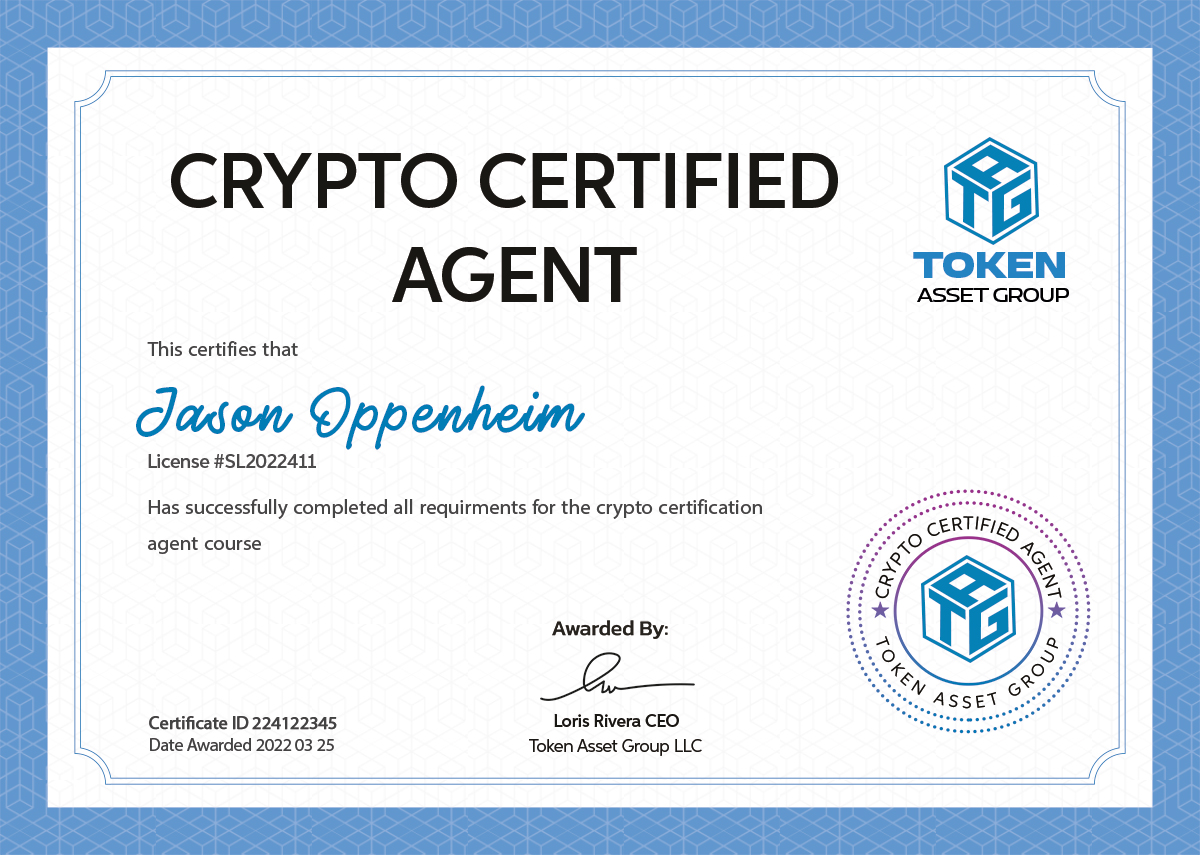-
Altcoin: Short for alternative coins, referring to cryptocurrencies other than Bitcoin.
-
Artificial Intelligence (AI): The theory and development of computer systems that can perform tasks — often using natural language processing (NLP), machine learning and natural language understanding (NLU) — that normally require human intelligence, comprehension and understanding.
-
Augmented Reality (AR): Technology, using involving glasses, visors, goggles or smartphones, that superimposes a computer-generated image on a user’s view of the actual world, providing a composite view that often includes perceptual information.
-
Avatar: A computerized icon or figure which represents a person, pet or entity in video games, internet forums, games, chat rooms, virtual reality and other channels.
-
Block: A place in a blockchain where data is stored and encrypted.
-
Blockchain: A shared, immutable digital ledger that records and maintains transactions and tracks assets across a peer-to-peer business network.
-
Bitcoin: A decentralized, digital cryptocurrency that doesn’t rely upon a central bank or trusted source which can be transferred from user to user on a peer-to-peer network using blockchain technology.
-
ChainLink: A cryptocurrency with a goal of incentivizing a global network of computers to provide reliable, real-world data to smart contracts running on top of blockchains.
-
Consensus Mechanism: A fault-tolerant process used in blockchain systems to obtain the necessary agreement on a single data value or a single state of the network among distributed processes or multi-agent systems, typically with cryptocurrencies.
-
Creator Economy: A class of businesses made up of content creators, curators and community builders which enable the content producers to monetize their creations.
-
Cryptocurrency: A digital currency — designed to work as a medium of exchange — in which transactions are verified and records maintained by a decentralized computer network using cryptography, rather than going through a centralized, trusted authority.
-
Cryptography: The computerized practice of encoding and decoding information for secure communication.
-
Crypto Wallet: A physical or digital device, computer application or smartphone app that stores the public and/or private keys for cryptocurrency transactions, including sending, receiving, buying, selling, swapping of cryptocurrencies and NFTs and digitally signing information.
-
Decentralization: The transfer of control and decision-making from a centralized, trusted authority (i.e., an individual, organization, group, government, etc.) to a distributed network.
-
Decentralized Applications (dApps): An application that can operate autonomously using smart contracts on a peer-to-peer network of computers or a decentralized computing, blockchain system.
-
Decentralized Autonomous Organization (DAO): A group or entity that is represented by rules that are controlled by its members and not influenced or controlled by a central government or power — all governance is done as part of a group or collective.
-
Decentralized Finance (DeFi): Enables peer-to-peer financial services without reliance on intermediaries such as brokerages, exchanges or banks through the use of smart contracts on a public blockchain.
-
Digital Identity: The online or networked identity of a person, organization, application or device that is used by computer systems or applications to represent an external agent.
-
Digital Twin: A virtual or 3D digital representation that is identical to the real-time version of a physical object or process.
-
Distributed Ledger: A ledger or database of replicated, shared and synchronized digital data that is maintained in a decentralized form that is spread across multiple sites, countries or institutions without using a central administrator.
-
Distributed Ledger Technology (DLT): The technological infrastructure and protocols, also known as blockchain technology, that enables simultaneous access, validation and record updating in an immutable manner across a geographically diverse network made up of multiple entities.
-
Ethereum: A decentralized, open-source blockchain platform with smart contract functionality that is powered by blockchain technology. It is known for its native cryptocurrency, called ether (ETH), and the Dapps that run on its network.
-
Ethereum Request for Comment (ERC): A standard protocol that is used to issue tokens under the Ethereum platform, ERC refers to the technical documents that are used by smart contract developers at Ethereum to define the set of rules required to implement tokens for the Ethereum ecosystem.
-
Ether (ETH): The native cryptocurrency of the Ethereum network that is bought, sold and exchanged on cryptocurrency exchanges.
-
Extended Reality (XR): An environment or experience that combines virtual and physical realities through the use of augmented reality (AR), mixed reality, virtual reality (VR) or any similar immersive technologies.
-
GameFi: An amalgam of the words gaming and decentralized finance (DeFi), GameFi refers to play-to-earn (P2E) games.
-
Gas: The fee or pricing value that is charged for successfully conducting a transaction or executing a contract on a blockchain platform.
-
Hard Fork: A major change to a distributed network’s blockchain protocol that makes previously invalid blocks and transactions valid, or vice-versa; this occurs when the code changes so much that the new version is no longer backward-compatible with earlier blocks.
-
Hash Function: A mathematical one-way cryptographic algorithm that maps an input of arbitrary size to a unique output of a fixed length of bits.
-
Immersive Social: Enables users to explore and interact with 3D environments and collaborate with other users in a virtual space, all of which facilitates a richer, more compelling, personal way of sharing experiences and relating to one another.
-
InterPlanetary File System (IPFS): A protocol and distributed peer-to-peer network for storing and sharing data via a distributed file system.
-
Machine Intelligence: An umbrella term that describes the accuracy of a machine learning (ML), deep learning (DL) or classical algorithm output; also refers to artificial intelligence (AI).
-
Machine Learning (ML): A part of artificial intelligence; refers to algorithms that can improve automatically through experience and the use of data without human intervention.
-
Meta: The new name of the company that owns Facebook; Mark Zuckerberg said the name Meta “reflects the full breadth of what we do and the future we want to help build.” Meta aims to be a major player in the metaverse.
-
MetaMask: A software cryptocurrency wallet, MetaMask is available as a browser extension and mobile app and features a key vault, secure login, token wallet and token exchange, and interacts with the Ethereum blockchain.
-
Metaverse: The still-evolving concept of a 3D, virtual network with a focus on social connections. It is not Web3, but it is seen as a part of Web3, the concept of which is a hypothetical iteration of the internet as a single, unified virtual world that is accessed through VR or AR headsets.
-
Mixed Reality (MR): Mixed reality is the merging of physical and virtual worlds to produce new environments and visualizations, where physical and digital objects co-exist and interact in real-time; the key difference is between mixed reality and augmented reality is the user’s ability to interact.
-
Non-Fungible Token (NFT): A non-interchangeable cryptographic unit of data with unique identification codes and metadata that distinguishes it from another. This form of digital ledger is stored on a blockchain and can be sold and traded. NFTs are typically associated with digital files, including videos, images and audio.
-
Open Platform: A platform based on open standards that allows developers to build applications or services that work on the platform.
-
Permissionless: Refers to permissionless or trustless blockchains, which are open networks that allow everyone to participate in the consensus process, which itself uses blockchains to validate transactions and data.
-
Proof of Stake (PoS): A cryptocurrency consensus mechanism used for processing transactions, creating new blocks on a blockchain, validating entries into a distributed database and keeping the database secure.
-
Proof of Attendance Protocol (POAP): An acronym for Proof of Attendance Protocol, a type of NFT “badge” that is given out to prove attendance at an event that has taken place in either the virtual and/or real world.
-
Proof of Work (PoW): A cryptographic method of verifying and tracking the creation of new cryptocurrency and transactions that occur on a blockchain by measuring the amount of a specific computational effort expended.
-
Private Key: A digital, cryptographic key used to decrypt messages that are received from the sender who used a public key to encrypt it.
-
Public-Key Cryptography: A cryptographic technique that uses a paired public and private key algorithm for secure digital communication. The sender’s public key encrypts the message, and the recipient’s private key decrypts a message.
-
Public Key: A digital, cryptographic key that can be obtained and used to encrypt messages sent to a specific recipient who uses the private key to decrypt it.
-
Smart Asset: Unique virtual currency tokens that may represent a tangible physical asset (such as a car) or non-tangible ownership (such as a Bitcoin) that can be bought, sold or traded as defined by smart contracts that are on the blockchain network.
-
Smart Contract: A computer program or a transaction protocol that defines the terms of an agreement, with those terms being executed as code that is running on a blockchain; enables developers to create apps that utilize blockchain security, reliability and accessibility.
-
Soft Fork: A change to a software protocol in which only previously valid transaction blocks are made invalid; since old nodes will recognize new blocks as valid, a soft fork is backwards-compatible, the opposite of a hard fork.
-
Solana: A public blockchain platform with smart contract functionality, faster transaction times and lower costs than Ethereum. Like Ethereum, it can host decentralized, scalable applications, and while Ethereum limits transactions to 15–30 per second, Solana can handle as many as 50,000.
-
Solidity: An object-oriented programming language used for constructing and designing smart contracts on blockchain platforms such as Ethereum.
-
Stablecoin: Cryptocurrencies that attempt to offer stability due to the price being backed by a cryptocurrency, fiat money or exchange-traded commodities.
-
State: A snapshot of a blockchain system at a specific point in time, which includes multiple aspects such as the order of transactions, amount per transaction and account balances.
-
Token: A digital currency token or a denomination of a cryptocurrency (such as Bitcoin or Ether coin) that represents a tradable asset or utility on its own blockchain and enables the holder to use it for investment or economic purposes.
-
Trustless: A core element of blockchain, crypto payments and smart contracts, trustless refers to the fact that transactions don’t rely on trusting a third party such as a bank or other entity.
-
Virtual Currency: A digital representation of currency, typically cryptocurrencies, that can only exist in electronic form, can be accepted for goods and services and can be bought, sold and traded via cryptocurrency exchanges.
-
Virtual Economy: An emergent economy that exists in a digital virtual world, where virtual goods are bought, sold and exchanged using virtual currency in the context of an online game.
-
Virtual Reality (VR): A computer-generated simulation of a three-dimensional environment that can be interacted with by a person or group of people using special hardware, such as a set of electronic goggles, gloves, or haptic devices.
-
Web3: The third generation of online services for websites and applications with core concepts of blockchain-based decentralization, AR/VR-based immersive technologies and AI-based semantics, all of which facilitate transparent, ubiquitous, open, vibrant virtual experiences.
